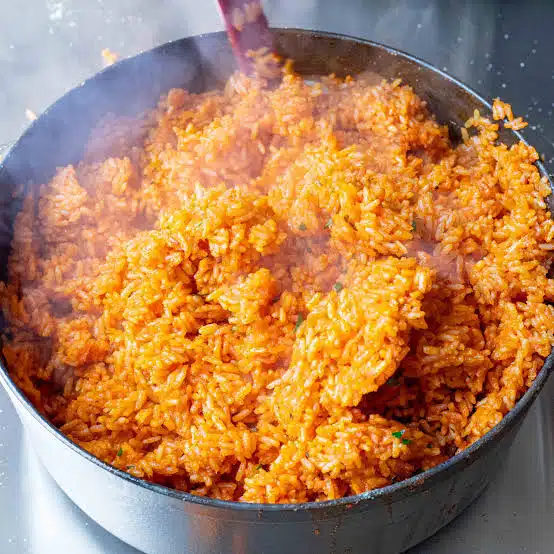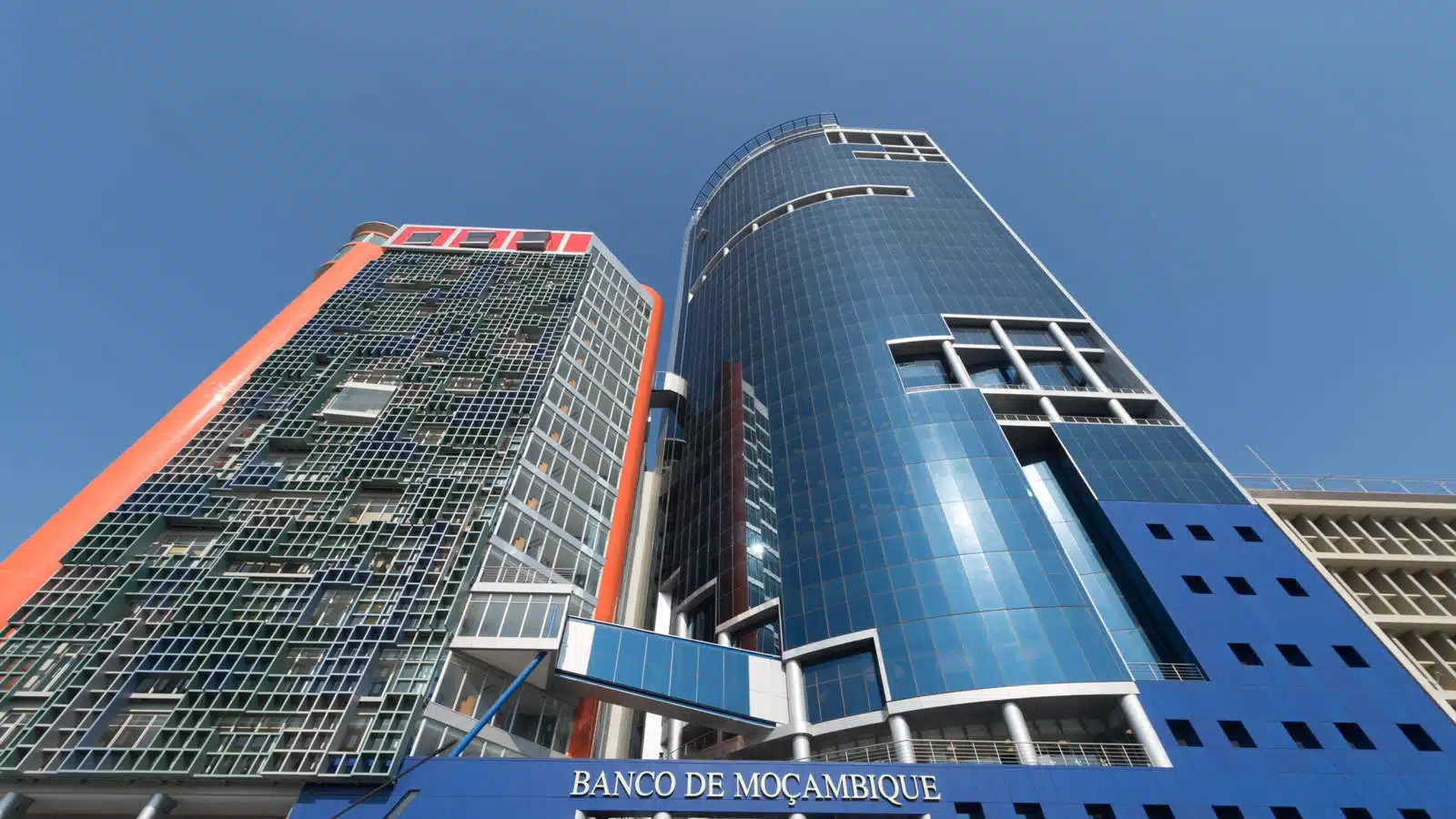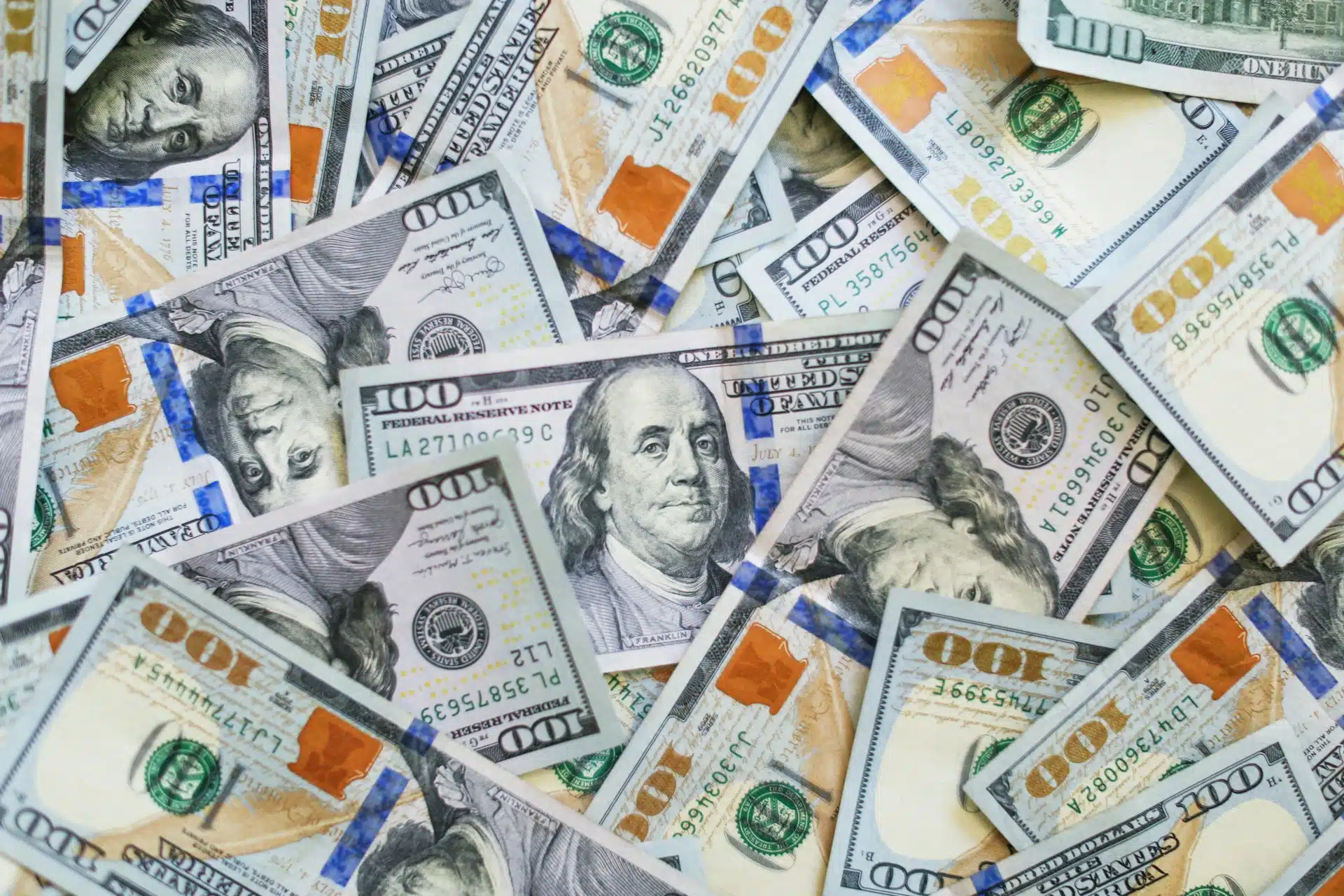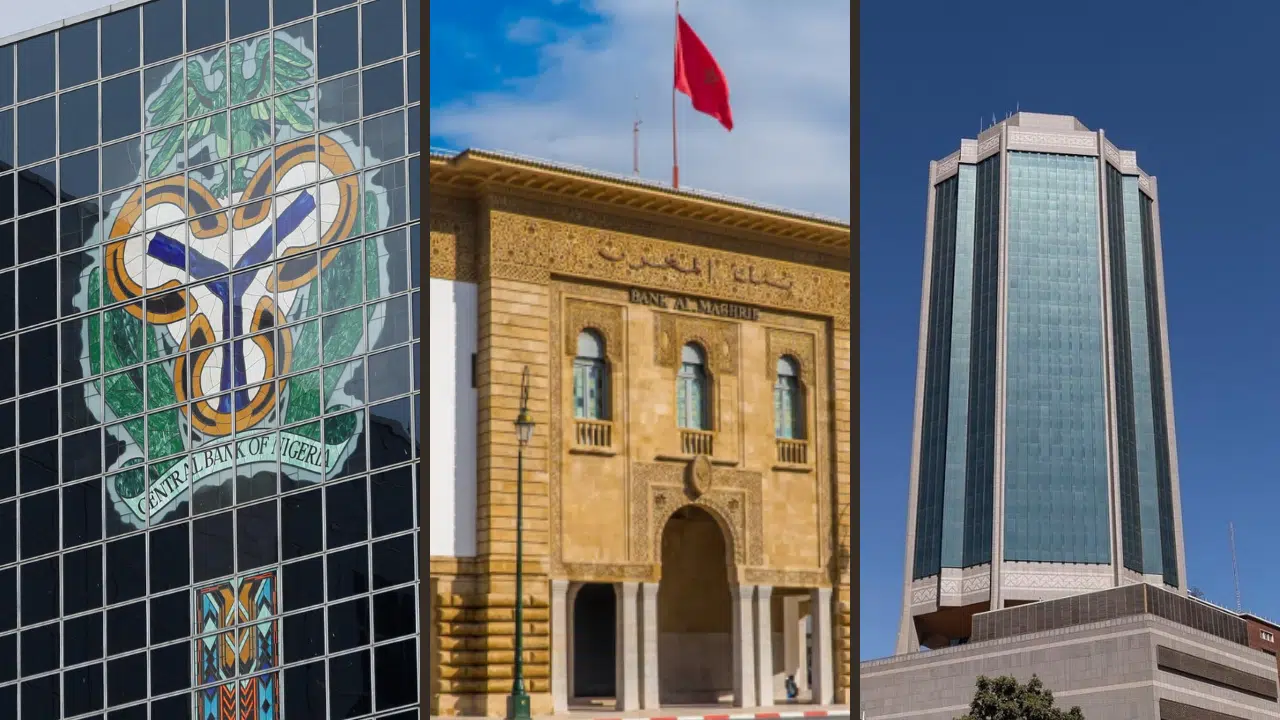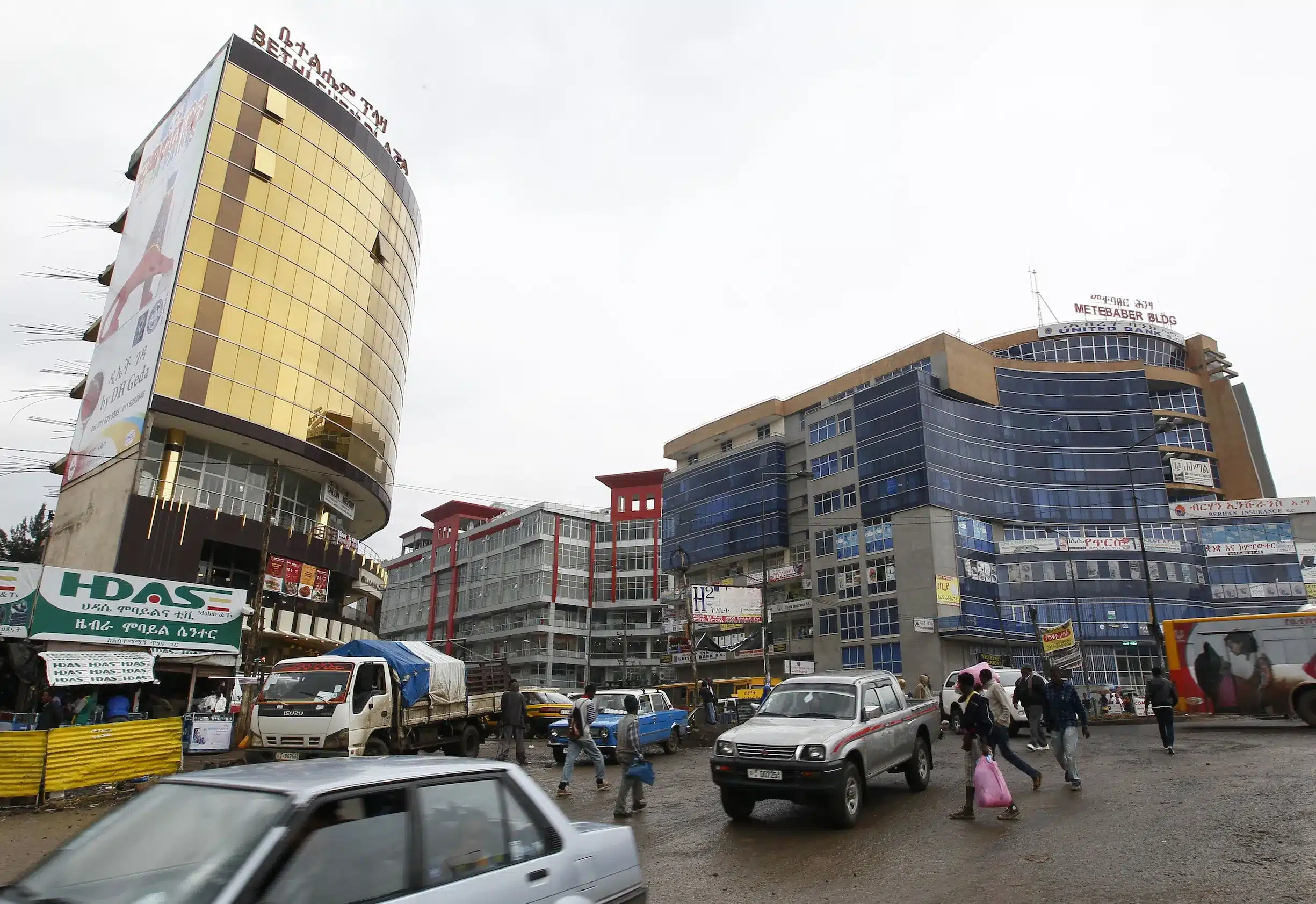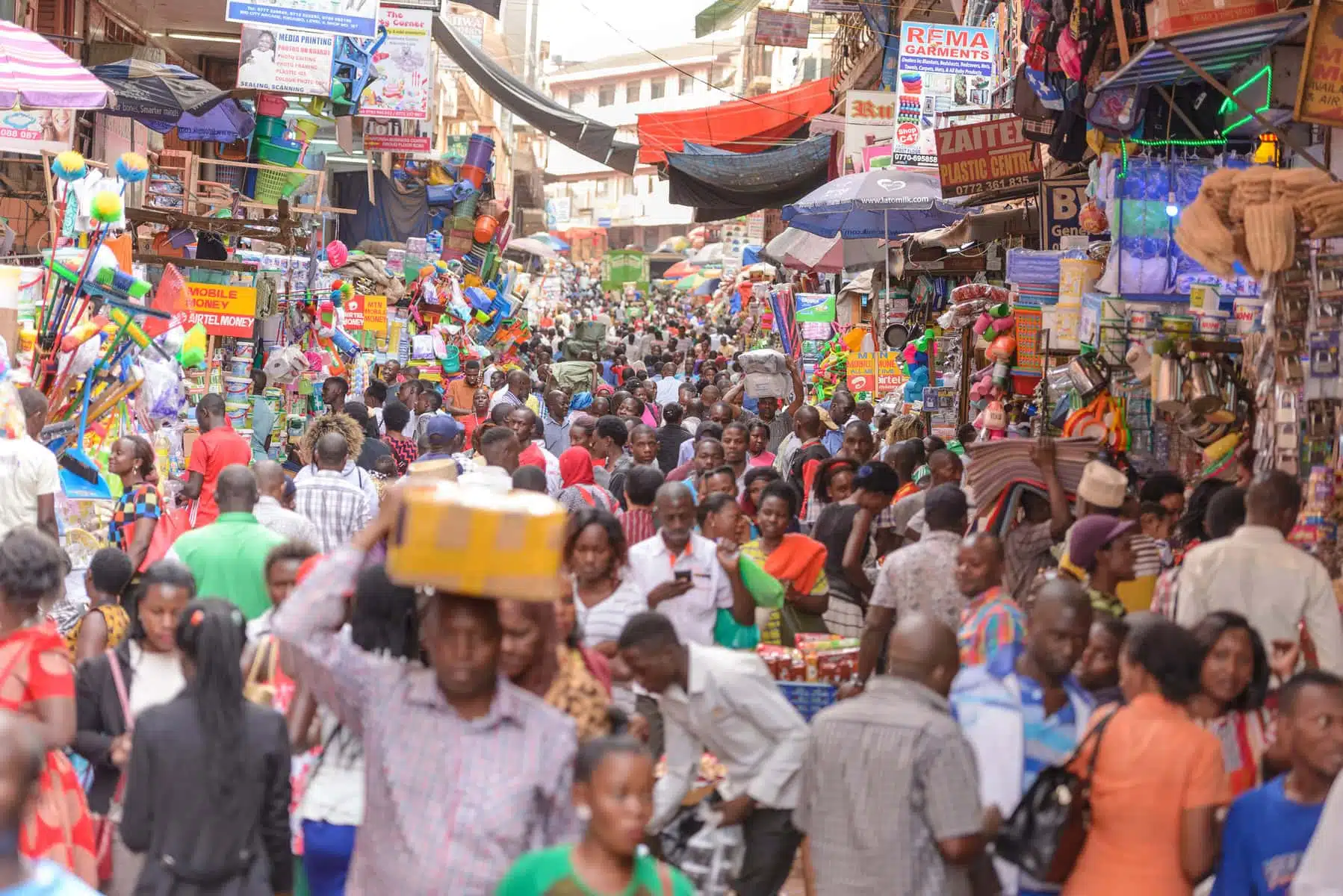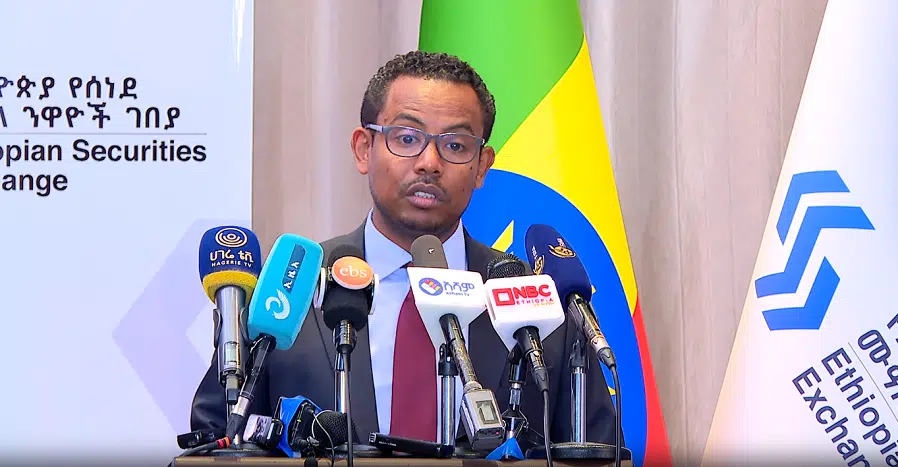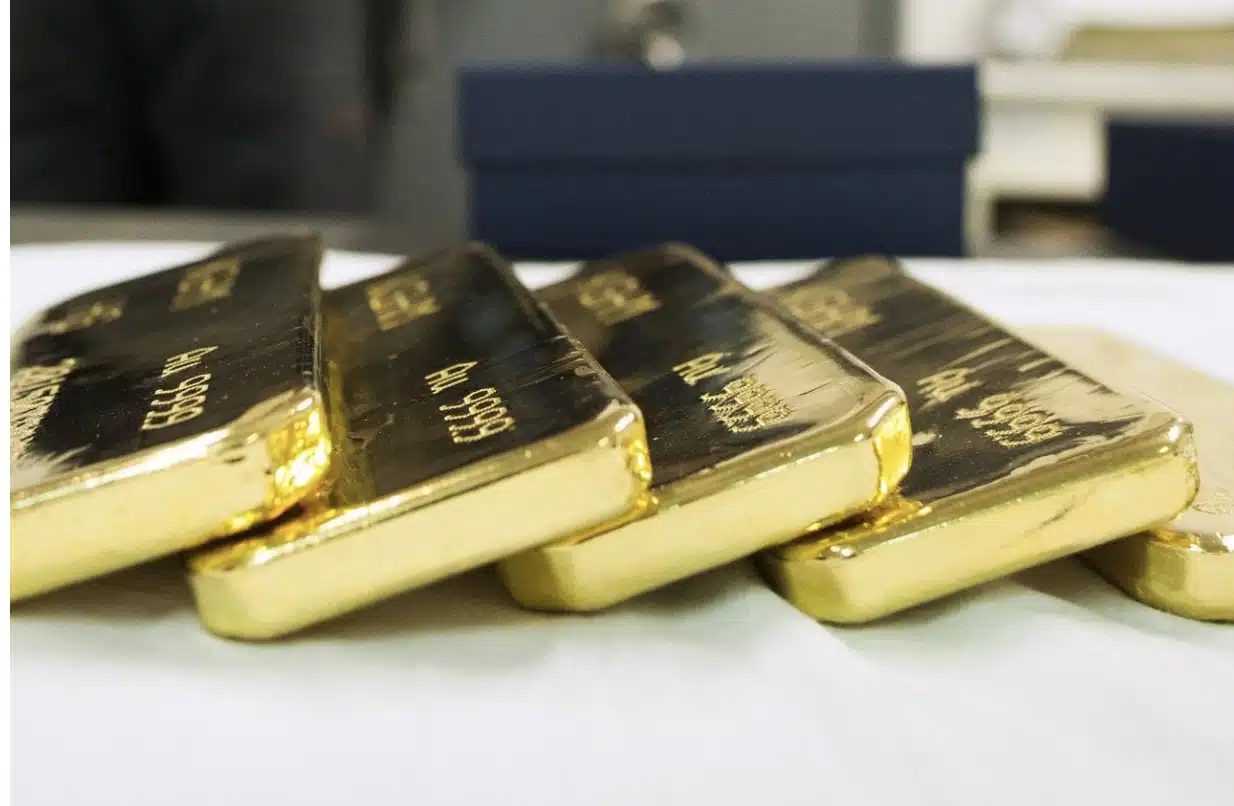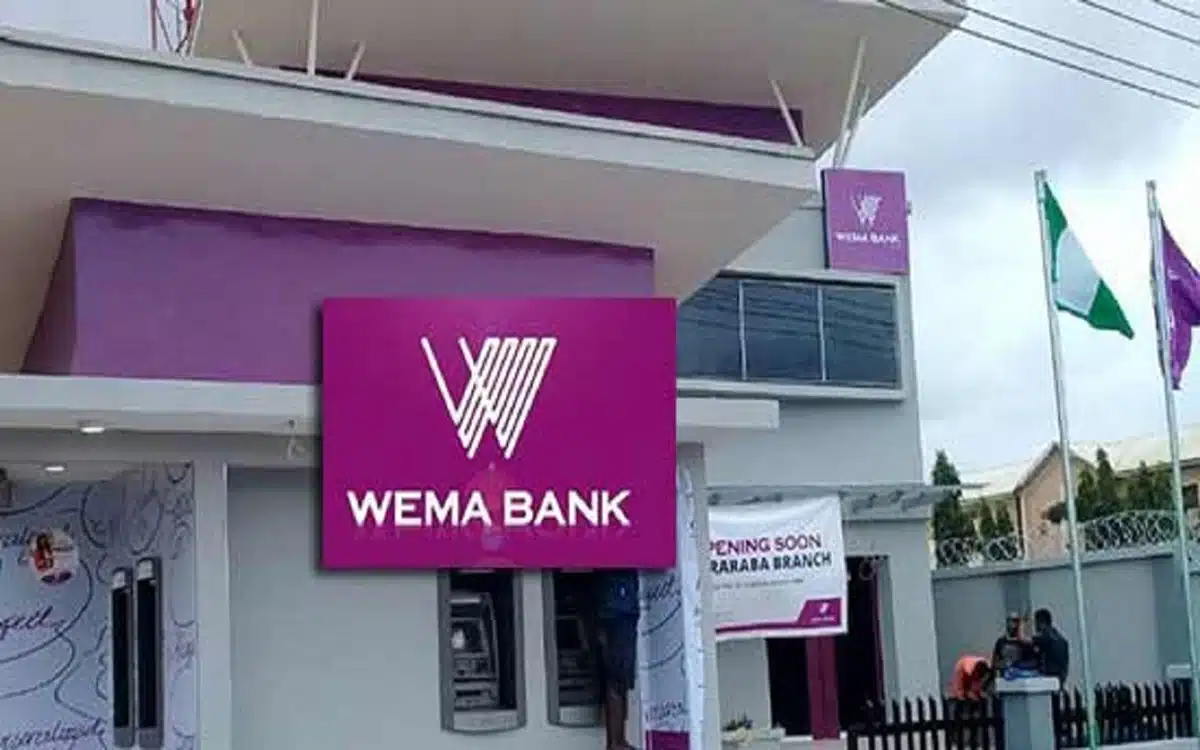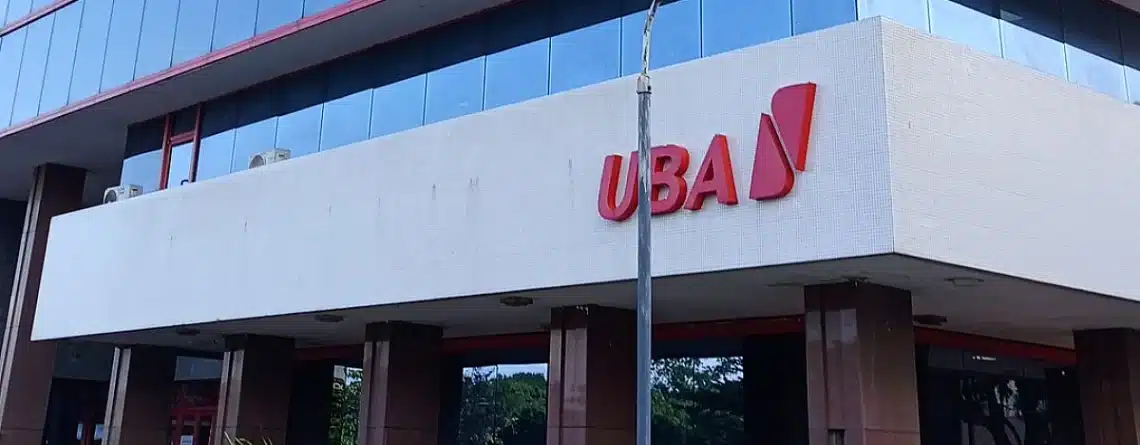The average cost of preparing a pot of jollof rice for a Ghanaian family of five rose in September 2025, despite the country being among Africa’s five strongest currencies that month, according to Finance in Africa’s analysis of the new Jollof Index.
The quarterly report, titled “A Tale of Two Economies” by SBM Intelligence — an Africa-focused geopolitical research and strategic communications firm — shows that the cost of jollof increased by 2.56% over the quarter, from GH¢420 ($40.3) in June to GH¢430.8 ($34.4) in September. However, in dollar terms, prices dropped by 14.6%.
“The September jollof index spike, which momentarily overcame months of successful macroeconomic policy, confirms the structural limits of monetary intervention alone,” the report said.
It added that while the cedi’s appreciation helped curb foreign exchange-linked inflation, the nation remains vulnerable to domestic supply disruptions and global commodity price swings for key imported ingredients.
“For instance, Ghana’s North East region recorded a severe 20.1% inflation rate — more than double the national average — underscoring that macroeconomic stability has not reached all citizens.”
According to Forbes’ currency calculator, Ghana ranked fourth among Africa’s strongest currencies in September at 12.40 GHS per US dollar. The cedi’s strength is linked to recent debt restructuring, a growing digital economy, and strong cocoa and gold exports.
The Bank of Ghana’s aggressive monetary tightening also helped rein in inflation and stabilise the currency. The central bank cut its benchmark rate by 350 basis points to 21.5% in September, citing sustained disinflation, robust growth, and stronger external buffers.
In April, Ghana became the world’s best-performing currency, reversing its 2023–2024 slump. A similar World Bank report noted that the cedi remained Africa’s strongest currency eight months into 2025.
The appreciation has helped bring headline inflation down to 9.4% in September, its lowest since August 2021, offering relief to households and businesses. September marked the ninth consecutive month of slowing inflation, though it remains above the Bank of Ghana’s target range of 6–10%.
The slowdown was largely due to falling food prices, which dropped to a four-year low of 11%, down from 14.8% in August.
Nigeria records first drop in jollof in nearly 8 years
Across the border, Nigeria recorded a modest decline in jollof costs, falling 3.17% in naira terms — from ₦27,528 ($17.9) in June to ₦26,656 ($18.0) in September. However, in dollar terms, prices rose slightly by 0.55%, reflecting currency fluctuations.
The drop in naira terms is the first since February 2018, when the cost dropped to N5,566 from N5,627 in January.
“The easing momentum is partially credited to government interventions, notably import waivers for key food items, which improved market supply, and a more stable naira, which helped curb the cost of imported inputs,” the report noted.
The naira rallied to its strongest level in eight months, climbing from ₦1,529.73/$1 on June 30 to ₦1,480.3/$1 on September 26, according to data from the Central Bank of Nigeria (CBN).
However, SBM cautioned that the moderation was “non-linear and fragile,” driven by seasonal corrections toward the end of the quarter despite persistent inflation in northern trade hubs such as Kano.
The Jollof Index tracks price changes across 13 markets in Nigeria’s six geopolitical zones, using the cost of ingredients such as rice, groundnut oil, chicken, beef, seasoning, pepper, tomatoes, salt, and onions. It excludes December due to seasonal distortions.
SBM expanded the Index in 2023 to include Ghanaian markets, enhancing its regional comparative power. Since its 2016 launch, the index has mirrored food inflation trends and provided an accessible measure of the cost-of-living crisis across West Africa.
Food insecurity, hunger, and policy implications
In the 2025 Global Hunger Index, Ghana ranks 65th out of 123 countries, with a score of 13.1, indicating a moderate level of hunger. Nigeria, however, ranks 115th, placing it in the serious category.
“The third quarter of 2025 presented fundamentally divergent outcomes across the two largest West African economies,” SBM noted. “Nigeria registered a marginal, non-linear moderation in prices, while Ghana experienced significant macroeconomic success tempered by late-quarter volatility.”
The firm recommended that Ghana sustain its fiscal discipline while focusing on reducing regional inflation disparities by:
Launching a targeted infrastructure fund for northern road networks to lower the “inflationary tax” on inland regions.
Fast-tracking the Feed Ghana Programme (FGP) to boost self-sufficiency in staple crops and improve post-harvest storage.
“The ultimate measure of success is not a statistical inflation rate, but the price of a single pot of jollof in the markets of Kano, Kumasi, and the communities in between. On that measure, the work is far from complete.”
For Nigeria, SBM said food insecurity remains a structural challenge. It urged policymakers to view security in food-producing and transit regions not as a discretionary cost but as foundational economic infrastructure essential for price stability and growth.

